Fais Do Do on Hancock Street
A pair of globetrotting corporate executives have a world full of choices on where to live after retirement. They chose Bay St. Louis. Find out why and learn about the renovation of their home in the Historic District.
- story by Ellis Anderson, photography by Drew Tarter/IMOTO Real Estate Photography and Ellis Anderson
“We’d been corporate gypsies for much of our lives,” says Ning. “But when we started thinking about a forever house, and then decided to plant ourselves in the Bay, there was a huge feeling of relief.”
John jokes that even the nickname for locals in the Bay – Bay Rats – wasn’t much of a stretch. He grew up on the Mississippi near St. Louis, where locals referred to themselves as River Rats. Driven by a fierce wanderlust in his youth, he traveled to Alaska and actually staked a mining claim. Attracted to the profession because it promised “a rough and tumble outdoors life” with lots of travel, he obtained a degree in mining at the University of Fairbanks, When he signed on with Caterpillar, his wanderlust got a workout, since the rite of passage for new employees includes assignments all over the world. John lived in Geneva, Paris and Stockholm, before returning to school at Harvard for his MBA. After graduation, he rejoined Caterpillar to work on product development and strategy for mining equipment.
Mining is a common thread with the Wiebmers. Ning grew up in a small mining town in Michigan’s upper peninsular. She majored in English and after graduating college, landed a job with Caterpillar as a technical writer. She became proficient in “Caterpillar language,” which consists of only 100 nouns and 100 verbs and is used to create technical manuals used globally.
Ning eventually moved into marketing and advertising – for the mining equipment division, where she began to work on a team with John. The division exploded over the course of their seven years spent there, with annual revenues growing fro $400 million annually to $15 billion. “It was a wild ride,” says John. “Caterpillar was a great company to work for – big toys for big boys. It was fun being around all those big yellow machines.”
Around the time the couple married in 1996, they “discovered” the Gulf South when they attended a convention in New Orleans. They both declared the city their favorite in the world – a designation that hasn’t shifted in the twenty years since. They began visiting New Orleans for fun whenever their work schedule permitted.
During each visit, they'd make a side trip over to Bay-Waveland, where Ning’s cousin Nora Wikoff and her husband, Ed lived. The two couples became close. “I don’t have any sisters,” explains Ning. “So Nora is my heart.” Nora began designing rooms for the Wiebmer’s house up north and the two found they had fun while working well together. After John’s three daughters left for college, the Wiebmers accepted a Caterpillar assignment in Bejing. Ning even called in Nora to design the interior of their apartment in China, which included a striking red kitchen.
When they returned to the states, the couple wound up finishing up their careers in Milwaukee, working with Caterpillar’s largest acquisition to date. As they considered options for retirement, John believes he surprised Ning when he suggested Bay St. Louis – although they knew no one but the Wikoffs.
They shopped for real estate online, dreaming. When they came across 306 Hancock, they were working in Milwaukee and still three years away from retiring. They had nothing but a few photos to fuel their imaginations. But Ed and Nora and a structural engineer in the Bay examined the house for them and pronounced that it had “good bones.” At the time of the sale, the house had long-term tenants living in it, so three years passed before the Weibmers even walked inside what would become their dream retirement home. In the meantime, with the help of realtor Vera Mestayer, they purchased the cottage next door to 306. Calling it the Garconniere, the French term for bachelor’s quarters near a main house, they stayed there when visiting the Wikoffs to work on plans for the restoration of what would be their retirement home. The 1880s house at 306 Hancock was to be taken back to the original studs. The contractor chosen to tackle the job would be Garcia & Sons Development, LLC.
The goal was to reconfigure the entire house and make it new inside, yet keep the historic feel and preserve one of the community’s architectural assets. The plans called for the house to be reconfigured into three basic parts: a public space in front, a private space in back and guest quarters upstairs.
The large front room became a dining/living area, opening onto a spacious screened porch. The kitchen and den both have pocket doors that slide back to create one enormous room. “Nora made the concept irresistible,” says Ning. “She told us we could move the furniture and have a lot of people dancing in these rooms. She knows we love to entertain.”
The upstairs area was designed to accommodate guests and family. It features a central living area opening up to a balcony. Bedrooms to the side provide space to sleep seven, and there's a large full bath.
Downstairs in the back of the house, is the master suite, “the inner sanctum.” Both John and Ning have their own bedroom retreats, each with roomy, beautifully appointed baths. There’s also a sauna that the couple uses almost every night, winter and summer.
Outside, there’s a New Orleans style courtyard, with a fountain, dining table, and a fire pit. Ironwork and masonry walls are covered with fig ivy and accented with tropical plantings.
The feel is Old World European, intimate and unpretentious.
But before the renovation actually began in early 2015, instead of a groundbreaking, the Wiebmers threw a party.
“We invited everyone in the neighborhood to come over to the empty house and showed them the renovation plans. Major construction like that can be disruptive, so we wanted them to know what was going on,” says Ning. “We also got their email addresses so we could stay in touch.” The Wiebmers, who had finally retired, left the restoration in the hands of the Wikoffs that spring and embarked on a 500 mile pilgrimage across Spain, on a route called the Camino Real. The spiritual journey had been long planned as a way to transition from career to retirement. “I’m an outdoor, walking kind of guy,” says John. “In my own personal spiritual journey, I love the concreteness of certain aspects of the Catholic church, including the pilgrimages. After 34 years of corporate life, we wanted to walk into our new lives with a spiritual focus.” When the Wiebmers returned to the Bay, they moved into Fais Do Do right before Thanksgiving. Named for a Cajun dance party, it seemed appropriate to throw another neighborhood shindig to celebrate. They also held a luncheon for all the crews and workers who had a part renovating the house. “Everything was locally sourced and built,” says Ning. “Yet most construction workers never get to see the finished product since they're each doing their own specialties, like electrical and drywall. They all appreciated seeing the house complete. We feel incredibly grateful that so much pride and craftsmanship went into building this house. A lot of love went into Fais Do Do.”
It’s a good thing the Wiebners like to entertain. In the year they’ve lived in the house, they’ve hosted forty sets of guests. At times, they’ve had visitors fill both the upstairs and the guest house next door.
“At first our guests start off by saying, ‘You retired in Mississippi?’” says Ning, laughing. “But by the end of their stay, they’re asking ‘How did you find this place?’” “My life with John was a wonderful adventure before we moved here. I didn’t think it could possibly get any better. But it really has.” “We recently returned from a second pilgrimage to Italy [in the summer]. We had a great time, but we really missed home. Until we moved to the Bay, we’d never felt like that before. It’s part of the magic of this place. Part of the peace.” Comments are closed.
|
Categories
All
Archives
July 2024
|
Shoofly Magazine Partners
Our Shoofly Partners are local businesses and organizations who share our mission to enrich community life in Bay St. Louis, Waveland, Diamondhead and Pass Christian. These are limited in number to maximize visibility. Email us now to become a Shoofly Partner!

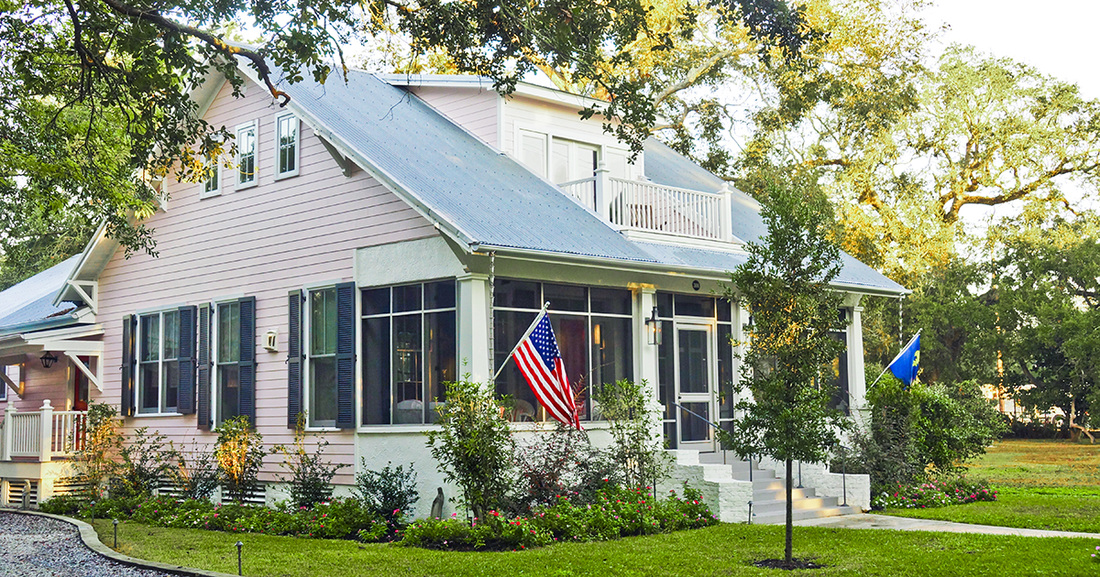

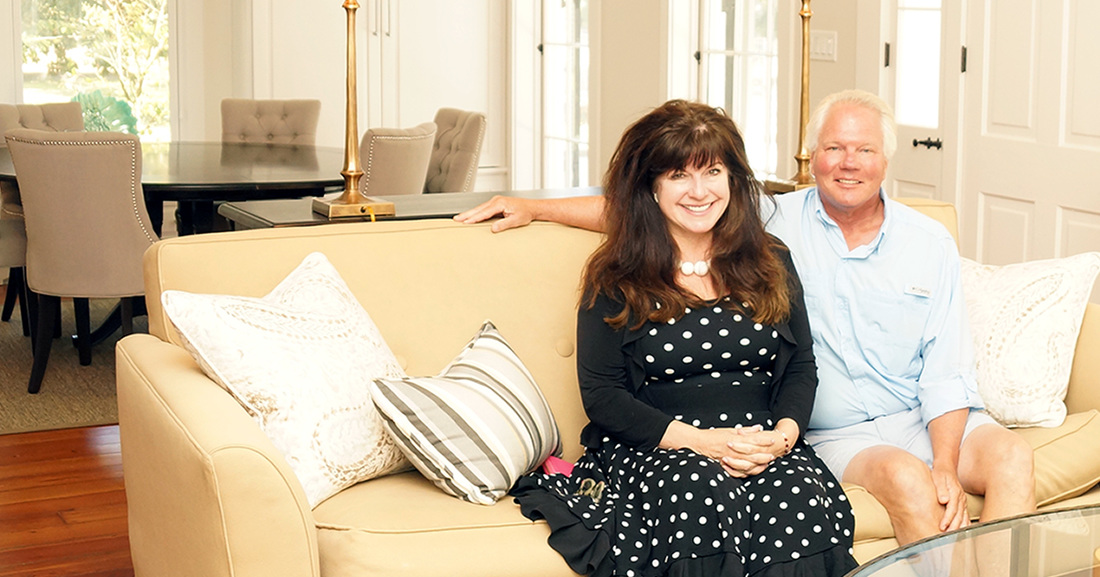
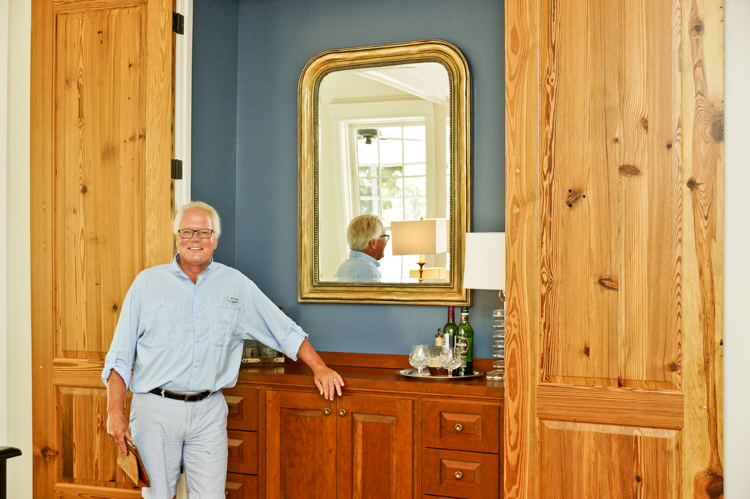
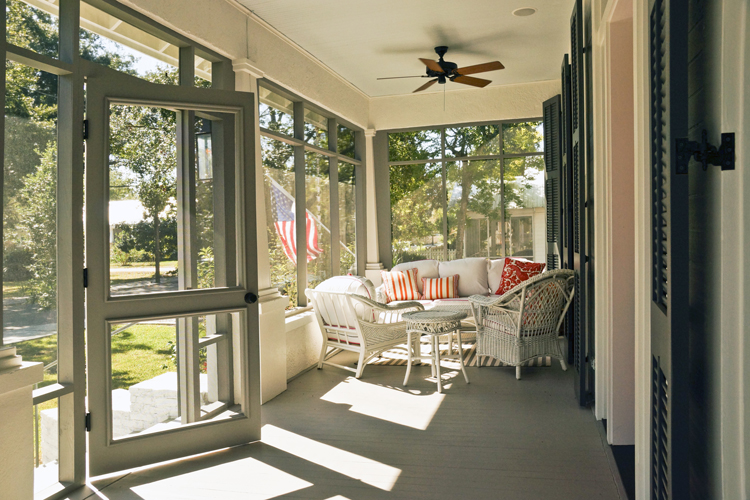
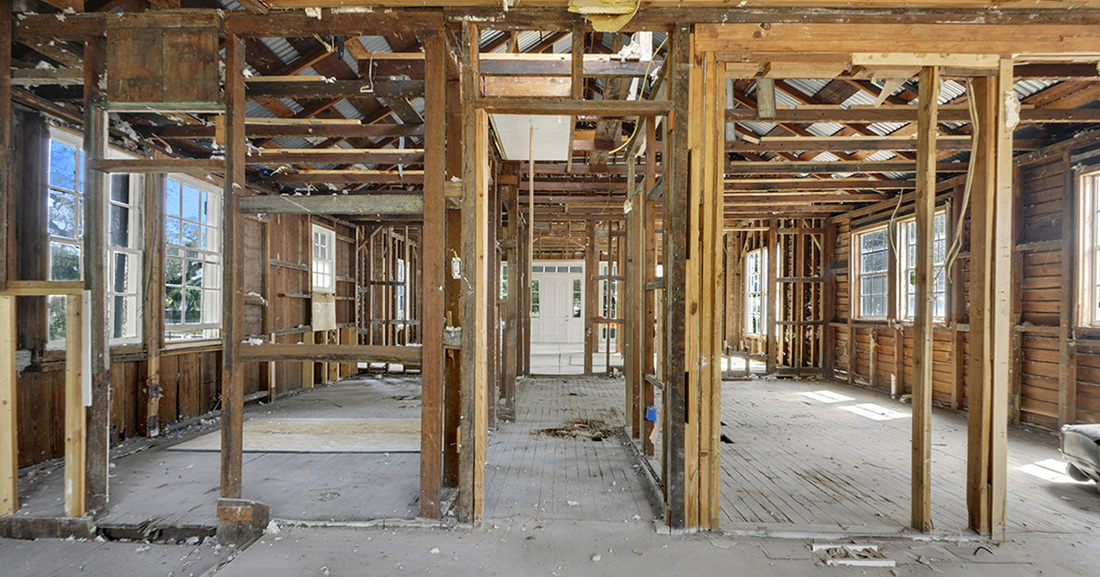
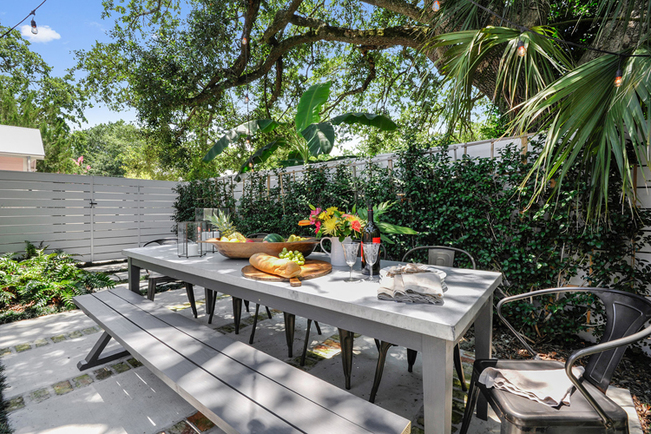

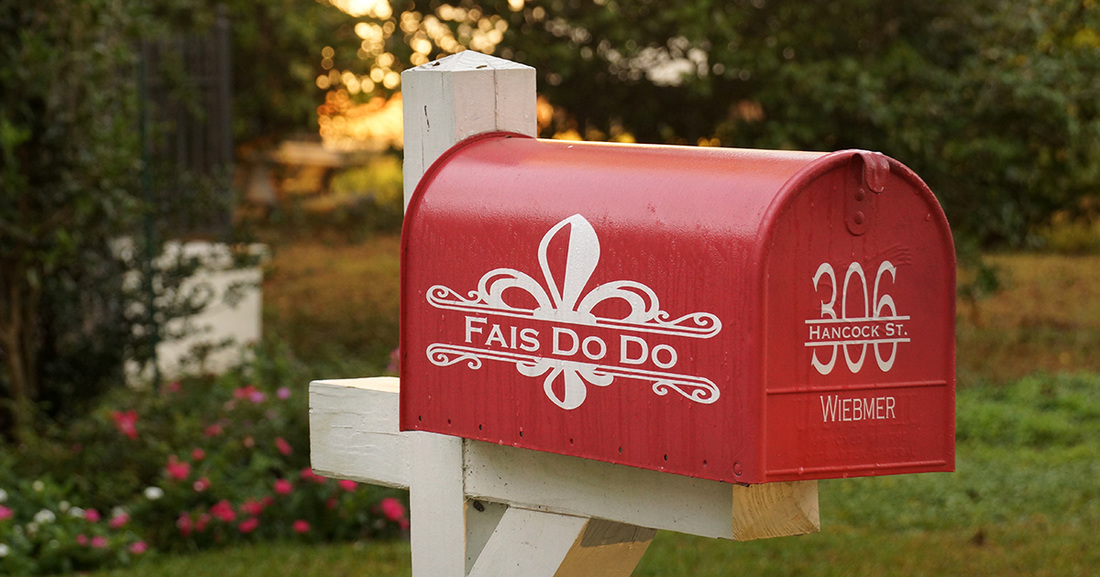











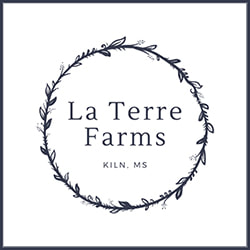













 RSS Feed
RSS Feed























